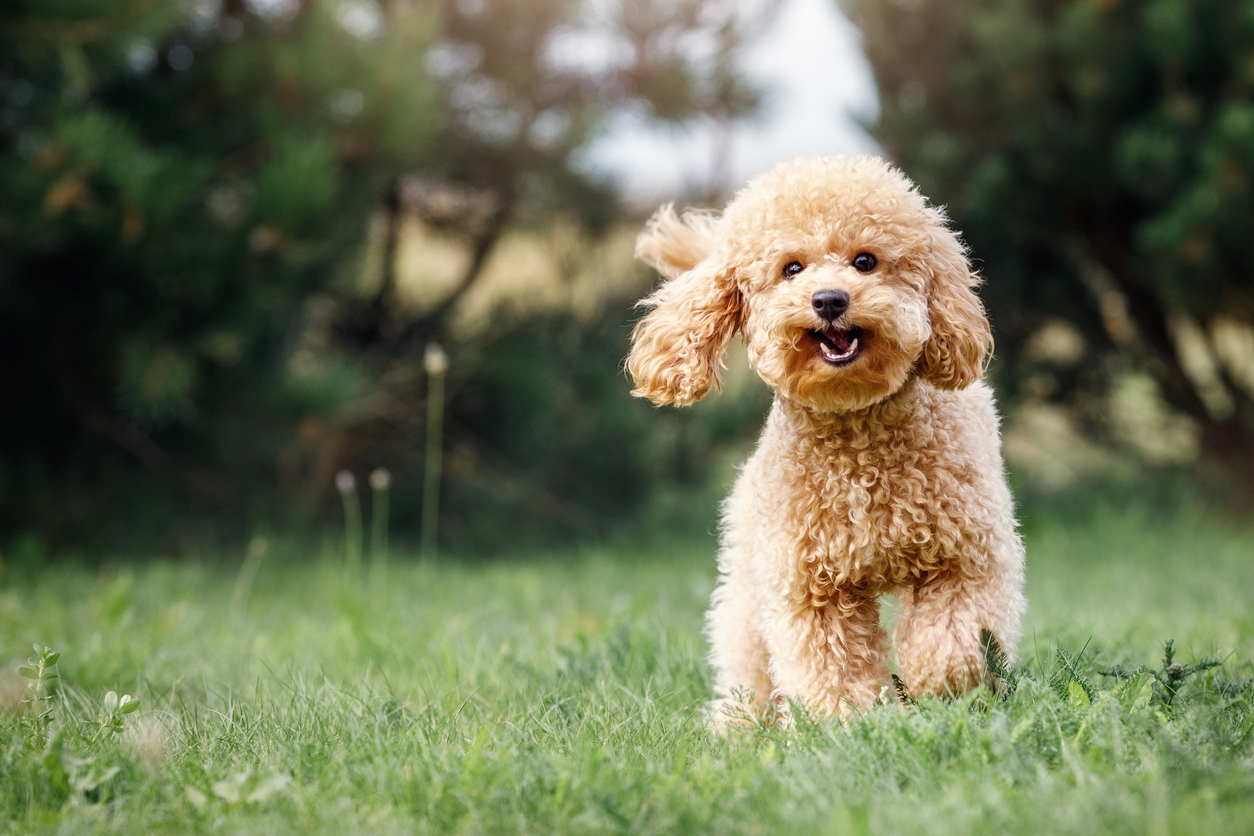At-Home Tips for Dog Grooming Between Appointments

Keeping your pet groomed not only improves their appearance but also plays a vital role in their overall health and well-being. However, regular trips to the groomer aren’t always feasible, and that’s where at-home grooming comes in. If you’re a pet owner wondering how to keep your furry companion looking and feeling their best in between professional appointments, you’re in the right place.
Here are some simple, effective at-home dog grooming tips to help maintain your pet’s hygiene and keep their coat in top shape.
Why Dog Grooming Matters
Grooming is more than just keeping your pet’s fur looking neat—it’s about their health. Regular grooming reduces shedding, prevents mats, and gives you the opportunity to check for any unusual bumps, skin issues, or pests like ticks and fleas. It also fosters bonding between you and your pet, turning grooming into a relaxing and enjoyable activity for both of you. Here are some simple, effective at-home dog grooming tips that can go a long way in maintaining your pet’s hygiene.
1. Brushing is Key – Brushing is one of the easiest ways to keep your pet’s coat healthy and reduce shedding.
Frequency: For long-haired breeds, aim for a daily brushing. For short-haired pets, 2–3 times a week is sufficient.
Tools: Use a grooming brush or comb specific to your pet’s coat type. A slicker brush works well for long-haired dogs, while a soft bristle brush is ideal for short-haired coats.
Technique: Be gentle and follow the direction of the fur. Start at a spot where your pet is comfortable, usually around the neck or back, and gradually work through the coat. Brushing is vital to prevent mats and tangles, spread your pet’s natural oils, and remove dirt and debris from their coat.
2. Bathe with Care – Bathing your pet should be done sparingly to avoid stripping natural oils from their skin. Over-bathing can lead to dryness and irritation.
Frequency: Typically, every 1-3 months is enough unless your pet gets into something messy or smelly.
Choosing Products: Always use pet-safe shampoos. Human shampoos can disturb the pH balance of a dog’s skin, leading to irritation. For pets with sensitive skin, opt for one that is gentle and hypoallergenic formulated.
Water Temperature & Technique: Use lukewarm water and avoid spraying water directly on their face and ears. Use a water pitcher or shower attachment to rinse their fur thoroughly, as leftover shampoo can cause itchiness.
3. Tackle Those Nails – Long nails can cause discomfort and lead to posture issues for your pet. Regular nail trims are crucial.
Frequency: Check their nails every 2–3 weeks. If you hear a clicking sound when they walk, it’s time for a trim.
Tools: Use nail clippers designed for pets or invest in a nail grinder if your pet gets anxious about clippers. Focus on trimming just the tip of the nail and avoid the quick (the blood supply area), as cutting too close can cause pain and bleeding. For dark-colored nails that obscure the quick, trim gradually to play it safe.
If you’re unsure about nail trimming, ask your groomer or vet for a quick demonstration the next time you visit.
4. Maintain Those Ears – Pets’ ears are prone to infections, especially for breeds with floppy ears and those who spend time in the water.
Frequency: Check your pet’s ears at least once a month for dirt, redness, or a funky odor. After swimming or bathing, ensure your pet’s ears are dry to prevent the risk of an infection.
Cleaning: If necessary, clean them with a vet-approved ear cleaner and a cotton ball (never use Q-tips, as they can push debris further in).
Red or Inflamed Ears: If you notice redness or excessive scratching, contact your dog groomer, as it could be a sign of an infection or ear mites.
5. Focus on Dental Health – Oral hygiene is just as important as coat care when it comes to overall health.
Daily Teeth Brushing: Use pet-safe toothpaste and a soft-bristled toothbrush to clean your dog’s teeth. Start slowly, letting them taste the toothpaste and get used to the process.
6. Keep an Eye on Paws – Your pet’s paws take the brunt of their activity, so regular maintenance is necessary.
Trim Fur: Use small, rounded scissors to trim the fur between the paw pads. Long fur can trap dirt or make it difficult for them to walk.
Check for Foreign Objects: After hikes, inspect paws for debris like pebbles or thorns. Clean with a damp cloth if needed.
Moisturize: Use pet-safe balms to keep paw pads hydrated and prevent cracking, especially during dry or cold months.
7. Make Grooming a Positive Experience – Not every pet loves grooming at first, and that’s okay! Here’s how to make it fun and stress-free:
Positive Reinforcement: Use treats and praise during and after grooming your pet.
Ease into It: Start with short sessions and gradually increase the duration as your pet becomes more comfortable.
Most of all, be patient! If your pet grows anxious, pause and try again later.
When to Call a Professional Dog Groomer?
While these at-home tips will help you manage your pet’s grooming, professional groomers offer services you can’t replicate at home, such as advanced haircuts, de-shedding treatments, and skin care. Think of your at-home routine as a way to complement and extend the benefits of professional grooming.
Contact Us to Pamper Your Pet with a Dog Grooming Appointment
Want expert grooming advice or need to book your next appointment? Contact Leader of the Pack at either of our locations in Easton or Allentown, PA to ensure your pet gets the full pampering experience they deserve. We look forward to meeting you and your four-legged companion!




